Reasons Why You Should Get Multiple Quotes for a Roof Replacement
When you first start looking into getting a roof replacement, or start having some issues with your roof, one of the first things you should do is...
Shopping around for roof replacement estimates can seem overwhelming. What should it include? What shouldn't be in it? Will it cover everything needed during the replacement?
Whether it’s your first time getting a roof replaced or you’ve gone through the process before, it’s important to understand what’s included in a typical replacement estimate so you can compare estimates from different contractors and hire the best one for your needs.
On average, we work on over 1,000 roofs per year. For every replacement, we always walk our homeowners through a thorough explanation of their estimate so they know exactly what they’re paying for. Now, we want to share this information with you.
By the end of this article, you’ll know seven elements to look for when you sit down to review your estimate. This checklist will help you better understand the cost of your replacement and allow you to compare estimates from different contractors helping you find the best roofing system for your needs. Let’s get started.
While most experienced contractors are licensed through their state’s board of licensing contractors, not all states require a license for a roof replacement. If your state requires a license, your contractor should include it in their estimate.
For example, North Carolina only requires roofing contractors to be licensed for projects $30,000 or greater. Even if your state doesn’t require it, a license does give your roofer credibility as a professional in their industry.
It’s also vital that your estimate include your contractor’s insurance information. Without insurance, you may be liable for your roofer’s medical bills and lost wages if they get injured while working on your property. If your estimate doesn’t include your contractor’s insurance, make sure to confirm they have it before hiring them to avoid getting stuck in a sticky situation.
Your estimate should include how many layers of old roofing material are being removed during your project. If it only includes the top layer of shingles but the underlying layers get torn off, your final cost will be higher than the original estimate.
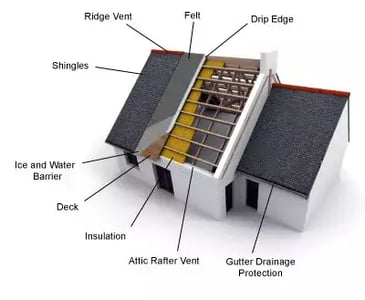
This could happen just because your contractor didn’t check the underlying layers before giving you an estimate. However, they could’ve also wanted to give you a more affordable estimate to beat the high cost of other proposals.
Many people don’t realize how much potential damage can be done to their property during a roof installation. Ultimately, it is the roofing contractor’s duty to ensure that your landscape and property remain clean and undamaged over the course of the project. Because of this, your roof estimate should mention what protection methods they’ll use and how much their services will cost:
Make sure to ask your roofer what steps they’ll take to protect the items you couldn’t move. This will allow your contractor to be aware of objects that fall within their workspace, giving them a better idea of how to work around these items to keep your valuables safe.
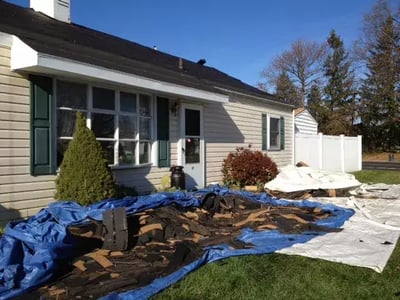
These steps are necessary to keep your home and valuables safe during your roofing project, so check for them on your estimate. Read this article to learn what steps homeowners can take to personally protect their property during a replacement.
Your estimate should explain the type of shingles, flashing, underlayment, and ventilation that’ll be used in your replacement, alongside the brand of these components. This is essential to understanding the final cost of your project.
If you’re getting estimates from different roofers, you can compare them to see what materials they include. If you notice an estimate doesn’t come with something others have listed, make sure to ask the roofer about it before hiring them. If they don’t include any of the following major components, consider it a red flag:
Your estimate may break down the cost per line item or it may list each line item with the total cost. Here are some elements that should be included in the cost of your replacement: materials, labor, cleanup, removal, and the cost for pulling any necessary permits.
Just like you can compare different estimates to see the materials each roofer includes in their replacement, you can also compare them for the cost of their services. Here are some typical services you’ll likely see on your estimate:
Remember, going with the lowest bid is not necessarily the best decision. All factors should be considered, like the company’s reputation, years in business, certifications, etc.
Your roof is an investment, so it only makes sense you’d want to know what your warranty options are in case something goes wrong. Because of this, your estimate should include the type of warranties you’ll get with your replacement. Let’s go over the three primary warranties so you know what to look for:
While you may want your warranty to cover your whole roof, coverage options range from contractor to contractor. To get the most coverage, compare estimates from different roofers to see which one offers the widest warranty coverage.
The length of each contractor’s workmanship warranty may also differ. If a contractor only offers a one-year warranty on a roof replacement, be cautious of working with them.
Confused? Understandable. Warranties can seem a little overwhelming. Read this article to learn more about the different types of warranties and how they can benefit you.
Your roof replacement will get messy, but part of your contractor’s job is to remove and clean up discarded materials. For example, they may need to rent a dumpster or pay for waste hauling services to get rid of leftover debris. Your roofing estimate needs to account for these costs.
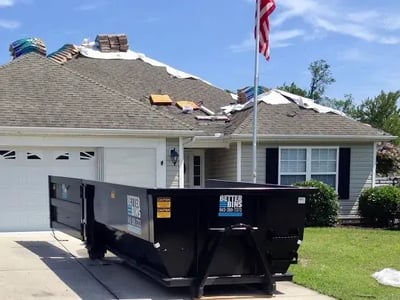
Your estimate should include the cost of labor for clean-up during the tear-off process, after installation, and post-inspection. Each of these steps requires different methods and materials, so your estimate needs to reflect the complete cost of every phase of the project.
Read this article to learn more about how your property will be cleaned up after a roof replacement.
Now that you know what elements to look for in a thorough estimate, you should feel more confident in your ability to compare multiple estimates and find the best roofer for your home. However, keep in mind that a cheap estimate doesn’t necessarily indicate the quality of the contractor.
Hiring a cheap contractor doesn’t always mean you’re going to get a low-quality roof. However, you should proceed with caution. To help you do just that, read this article to learn more about the risks of working with a cheap roofing contractor.
If you live in Raleigh and need help with your roof, consider us! On average, we work with over 900 homeowners per year who are looking for a high-quality roofing experience, just like you. If you want a free estimate or to learn more about our process, don’t hesitate to contact us today using the form below. We’d be happy to help.
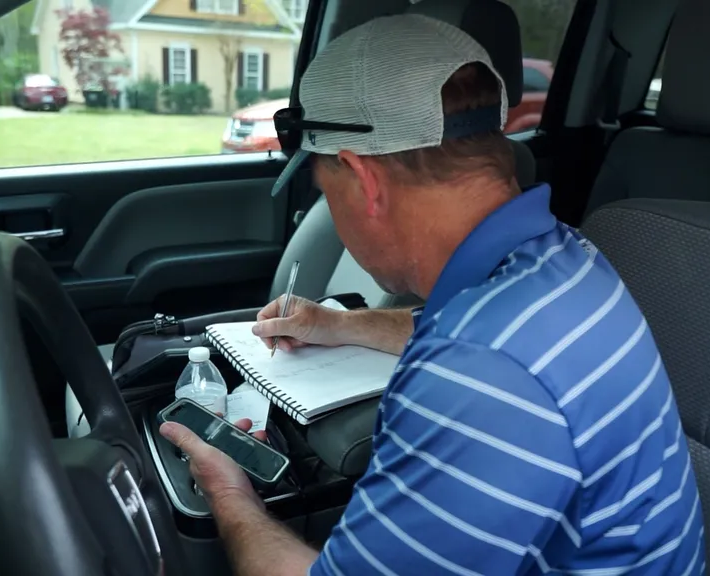
When you first start looking into getting a roof replacement, or start having some issues with your roof, one of the first things you should do is...

When your roof endures the impact of a severe storm, it's natural to feel concerned about its condition. Fortunately, if you have homeowner's...
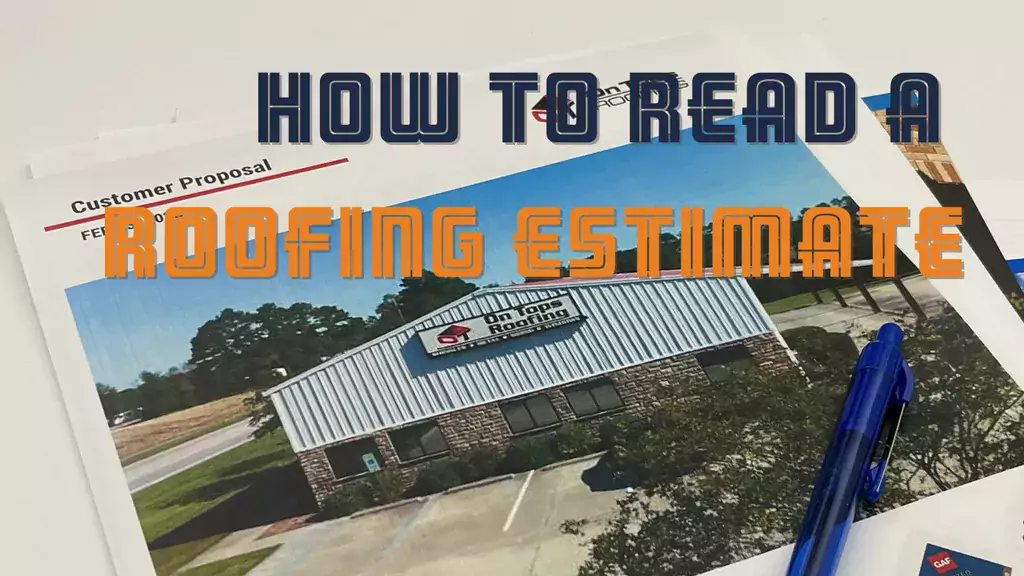
Now that you’ve been through the roof inspection process, you’re probably looking to draw in a few proposals from a few different companies. Maybe...